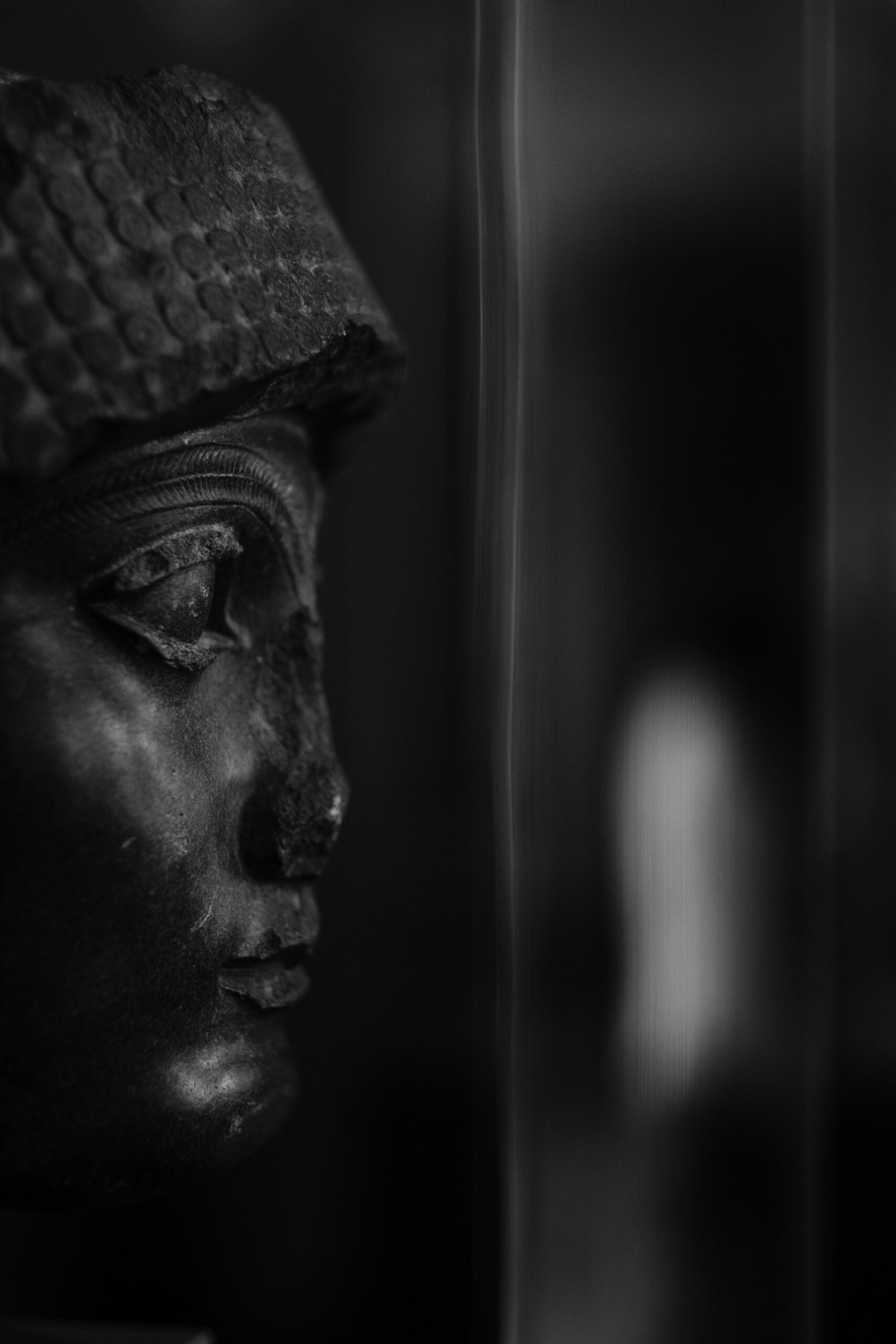Sexual Practices in Ancient Mesopotamia: Unveiling the Secrets of the Past
Ancient Mesopotamia, often referred to as the cradle of civilization, was home to a rich tapestry of cultures and civilizations that flourished in the region between the Tigris and Euphrates rivers. In addition to their advancements in agriculture, architecture, and governance, the ancient Mesopotamians also had a unique perspective on sexuality and its role in society. In this article, we will delve into the sexual attitudes and practices of these ancient civilizations, shedding light on their beliefs, customs, and the worship of fertility goddesses like Inanna and Ishtar.
The Worship of Fertility Goddesses: Inanna and Ishtar
One of the most fascinating aspects of ancient Mesopotamian sexuality was the veneration of fertility goddesses, such as Inanna and Ishtar. These deities were worshipped for their ability to bring fertility to the land, crops, and human beings. The Mesopotamians believed that by engaging in sexual acts, they could invoke the powers of these goddesses and ensure the continuation of life.
Inanna, the Sumerian goddess of love, beauty, and fertility, was particularly revered in ancient Mesopotamia. She was often depicted as a seductive and alluring figure, symbolizing the power of femininity and sexuality. Inanna’s temples, known as “giparu,” served as sacred spaces where sexual rituals were performed to honor her and seek her blessings.
Ishtar, the Akkadian counterpart of Inanna, was similarly worshipped for her fertility and sexual prowess. She was associated with both love and war, embodying the dual nature of human existence. Ishtar’s temples, known as “ekur,” were centers of sexual activity and pleasure, with sacred prostitutes known as “hierodules” engaging in sexual acts as part of religious rituals.
Sexual Attitudes and Practices
Sexuality in ancient Mesopotamia was not confined to the realm of religious worship. It permeated various aspects of daily life, reflecting the importance placed on fertility and procreation. The Mesopotamians celebrated sexual desire and considered it a natural and essential part of human existence.
Marriage and procreation were highly valued in ancient Mesopotamian society, with the primary purpose of sexual activity being the continuation of the family line. Infertility was seen as a significant issue, and various remedies and rituals were employed to address it. These included offerings to fertility deities, the use of herbal remedies, and even resorting to magical spells.
While marriage and procreation were highly valued, it is important to note that ancient Mesopotamians did not view sex solely as a means for reproduction. Sexual pleasure was seen as a legitimate and desirable goal in itself. The Mesopotamian love poetry, such as the famous “Song of Songs,” portrays intimate and sensual encounters between lovers, celebrating the physical and emotional aspects of sexual relationships.
Furthermore, ancient Mesopotamia was not limited to heterosexual relationships. Homosexuality and bisexuality were acknowledged and accepted to some extent. The Epic of Gilgamesh, an ancient Mesopotamian literary masterpiece, depicts a deep emotional bond between Gilgamesh and Enkidu, which some scholars interpret as a romantic and sexual relationship.
Conclusion
The sexual attitudes and practices of ancient Mesopotamia offer us a glimpse into a society that celebrated sexuality, fertility, and the power of femininity. The worship of fertility goddesses like Inanna and Ishtar played a significant role in shaping these attitudes and practices, with sexual rituals performed in their honor. Ancient Mesopotamians viewed sexuality as a natural and essential part of human existence, valuing both the reproductive and pleasurable aspects of sexual relationships. By examining these ancient practices, we can gain a deeper understanding of the complexities of human sexuality throughout history.

